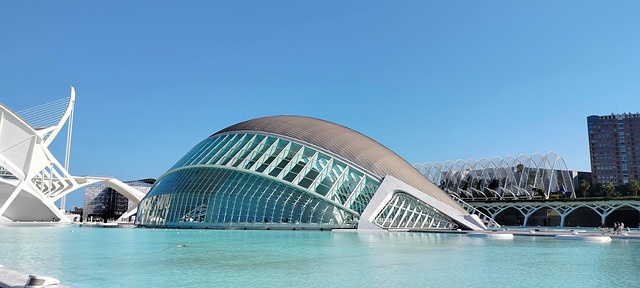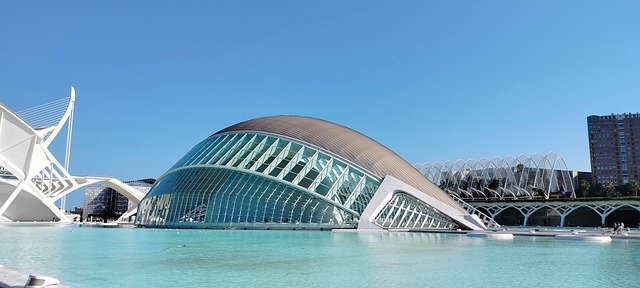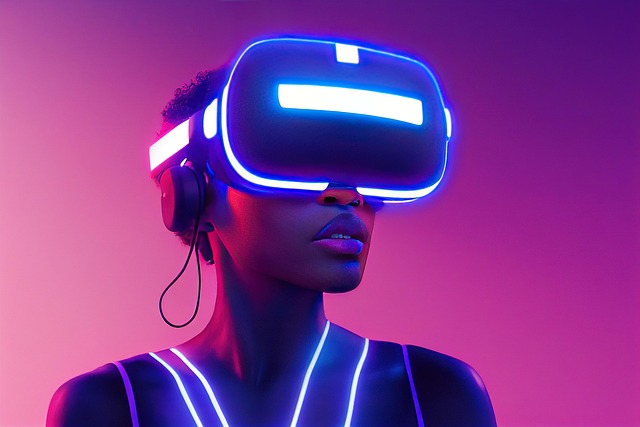Immersive cultures have become a central theme in the evolving landscape of virtual reality, augmented reality, and the metaverse. As developers and scholars work to design experiences that feel as real as our everyday surroundings, the question of how these digital environments reflect, reinterpret, or even transform cultural narratives is more pressing than ever. This article explores the ways in which immersive technologies are shaping cultural expression, identity, and community, and it looks ahead to the challenges and opportunities that lie ahead.
Virtual Reality: A New Lens on Heritage
Virtual reality (VR) offers the most immersive entry point into digital worlds, providing a 360-degree perspective that can transport users to distant locales, historical periods, or entirely imagined realms. For cultural preservation, VR has proven especially powerful. Museums, for instance, now provide interactive tours that let visitors walk through reconstructed historical sites or witness events as if they were in the moment. In doing so, VR turns passive observation into active participation, allowing people to experience cultural artifacts with a depth of engagement that traditional displays cannot match.
- Historical Reconstruction: Detailed 3D models of ancient architecture or archaeological digs enable users to explore sites that are otherwise inaccessible due to fragility or location.
- Immersive Storytelling: Narratives that unfold in VR can incorporate sensory cues—sound, scent, even haptic feedback—to immerse the user in a culture’s rituals or daily life.
- Language Revitalization: VR environments can simulate native language contexts, giving learners a practical, engaging way to practice without leaving their homes.
The Impact on Identity Formation
For younger generations growing up in digital spaces, immersive cultures offer a new arena for identity exploration. Unlike the static galleries of the past, VR allows individuals to step into diverse cultural roles and experiment with different perspectives. This flexibility can foster empathy, but it also raises questions about authenticity and appropriation.
“When you can walk in someone else’s footsteps—no matter how accurately reconstructed—that experience changes how you see yourself,” says Dr. Lina Mbeki, a cultural studies scholar at the University of Nairobi.
Augmented Reality: Layering Tradition onto the Present
Augmented reality (AR) superimposes digital content onto the real world, creating a hybrid experience that can enrich everyday environments with cultural context. From AR street signs that translate historical information in real time to mobile apps that let users see ancient building designs overlaid on current ruins, this technology bridges the past and present in a very tangible way.
- Historical AR Tours: Visitors can use smartphones or AR glasses to view layers of information about landmarks, providing depth without disrupting the physical site.
- Interactive Cultural Workshops: AR can guide users through traditional crafts—such as weaving or pottery—by overlaying step-by-step instructions directly onto their workspace.
- Real-Time Translation and Cultural Etiquette: AR headsets can display contextual tips, helping travelers navigate cultural nuances on the fly.
Because AR works within existing spaces, it encourages continuous cultural engagement. People can experience immersive cultures as part of daily life, rather than as a separate, destination-based activity.
Community-Based AR Projects
Community-driven AR initiatives have emerged in cities around the world, where local artists collaborate with tech developers to create public installations that celebrate indigenous stories and contemporary urban life. These projects often rely on open-source platforms, allowing users to contribute their own narratives and ensuring that the cultural content remains dynamic and inclusive.
The Metaverse: A Persistent Cultural Ecosystem
The metaverse expands beyond isolated experiences, creating persistent, interconnected virtual spaces where users can create, share, and inhabit cultures on an ongoing basis. Here, immersive cultures take on a new dimension: they evolve through collective participation, shaping identity and societal norms over time.
Platforms that host metaverse environments are increasingly hosting festivals, marketplaces, and even entire virtual towns, each with its own aesthetic, language, and cultural rituals. These digital societies are not merely replicas; they are living systems that adapt and grow based on user interaction and feedback.
Virtual Cultural Festivals
Virtual festivals—such as music concerts, dance performances, and traditional storytelling—are now common in metaverse spaces. These events often feature immersive audio-visual elements, allowing attendees to feel as though they are physically present. Importantly, they provide a platform for marginalized cultures to share their narratives with a global audience, often in ways that are difficult to achieve in the real world.
“The metaverse allows cultures to be experienced on an equal footing with no geographic or economic barriers,” notes Maya Patel, an anthropologist who studies digital communities.
Challenges Facing Immersive Cultural Experiences
While the potential of immersive technologies is vast, several challenges must be addressed to ensure that immersive cultures are inclusive, accurate, and respectful.
- Digital Divide: Access to VR, AR, and metaverse platforms remains uneven, with high costs and bandwidth requirements limiting participation for many communities.
- Authenticity and Representation: Without careful collaboration with cultural custodians, there is a risk of misrepresentation or cultural appropriation.
- Intellectual Property: The ownership of cultural content in digital spaces can be unclear, raising concerns about exploitation.
- Data Privacy: Immersive experiences often collect biometric and behavioral data, necessitating robust privacy safeguards.
Ethical Frameworks and Collaborative Models
Emerging guidelines aim to promote ethical practices in the creation of immersive cultural content. These frameworks emphasize participatory design, where community members are involved from the conceptualization stage to the final deployment. Open licensing models and community funds are also being tested to provide fair compensation for cultural contributors.
Looking Ahead: The Future of Immersive Cultures
The next wave of immersive technologies promises even greater fidelity and interactivity. Advances in haptic feedback, spatial audio, and AI-driven natural language processing will enable users to experience cultural environments that feel both authentic and responsive. Coupled with emerging technologies such as brain-computer interfaces, the line between the digital and the physical may become increasingly fluid.
From an educational perspective, immersive cultures are poised to become integral to curricula worldwide, providing students with experiential learning that transcends textbooks. In the corporate world, businesses can use immersive cultural training to promote diversity and cross-cultural understanding among employees.
Long-Term Vision
Ultimately, immersive cultures can serve as a bridge between past and future, ensuring that diverse cultural narratives remain vibrant and accessible in an ever-digital world. By fostering empathy, preserving heritage, and encouraging collaboration, VR, AR, and the metaverse can transform the way we think about culture, identity, and community.
Conclusion
As we stand on the threshold of a new era of digital interaction, the potential for immersive cultures to reshape our understanding of heritage and identity is immense. Through thoughtful design, ethical stewardship, and inclusive participation, virtual reality, augmented reality, and metaverse platforms can become powerful tools for cultural preservation and innovation. The journey ahead will require constant dialogue, critical reflection, and a commitment to ensuring that every voice has the opportunity to be heard and celebrated in the immersive landscapes of tomorrow.



